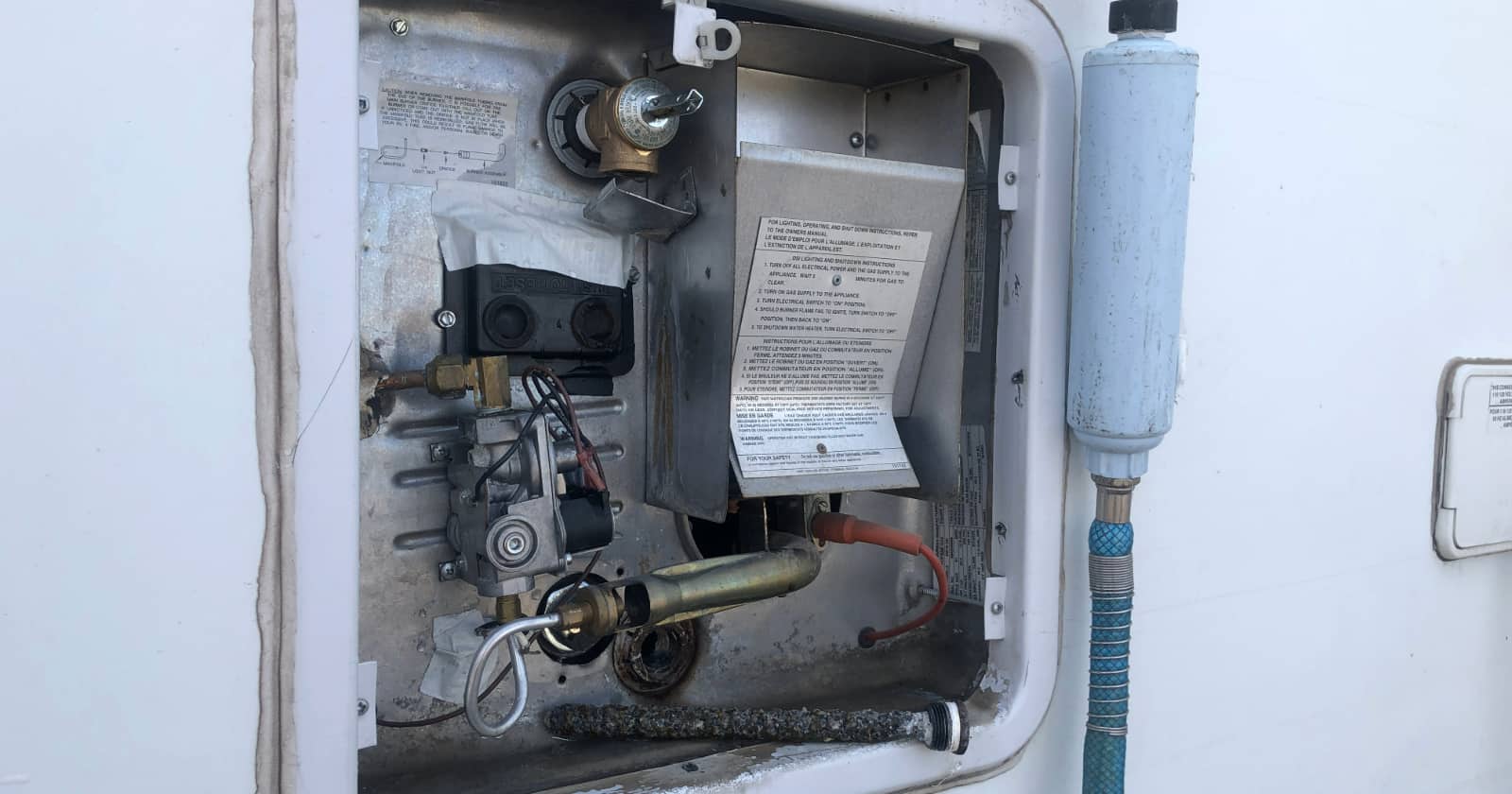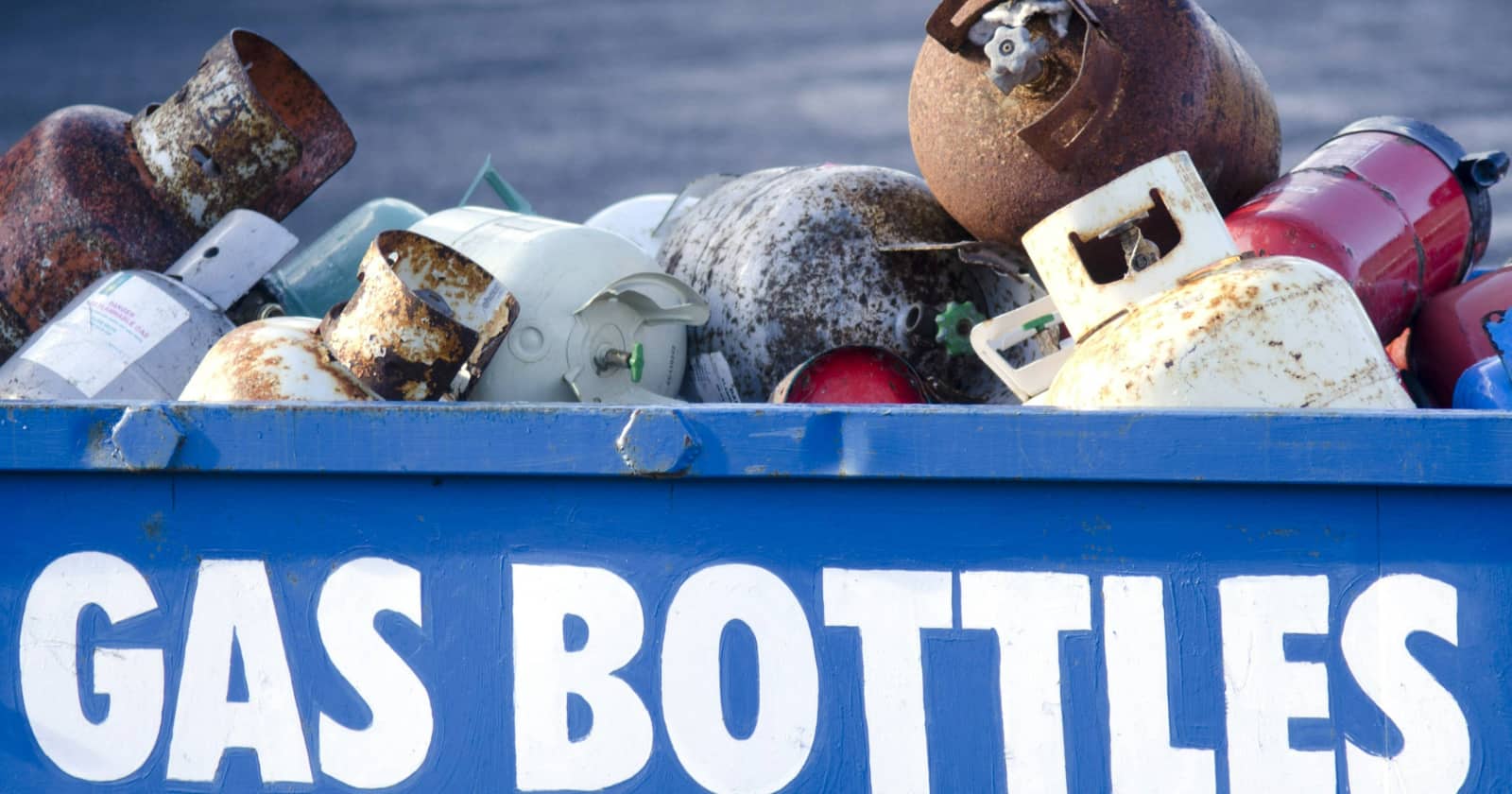How To Conserve Fuel While RV Camping
Whether you’re boondocking or living in your RV full-time, it’s a good idea to find ways to conserve your fuel. Conserving fuel helps save money and ensure that you have propane when you need it.
Propane is used to run your RV furnace, the burners on your stove, your oven, and your water heater. Your refrigerator will likely run on propane if you are not connected to shore power.
Check out these tips to conserve fuel, along with some added thoughts on propane usage.
Reduce your propane use
An easy way to reduce your propane consumption is to just cut down on those things that utilize propane. You can turn on the water heater only when needed. Heat your water for dishes or cooking over the fire. You can also heat your water on a separate camp stove.
Add Reflectix to your windows
You might think that using Reflectix is only for keeping your RV cooler in the summer. It can also help insulate your RV in the winter and keep you from losing heat through your windows, which means you will burn more propane.
Make sure you check for condensation on the windows regularly. You don’t want dripping water to become the source of another problem.
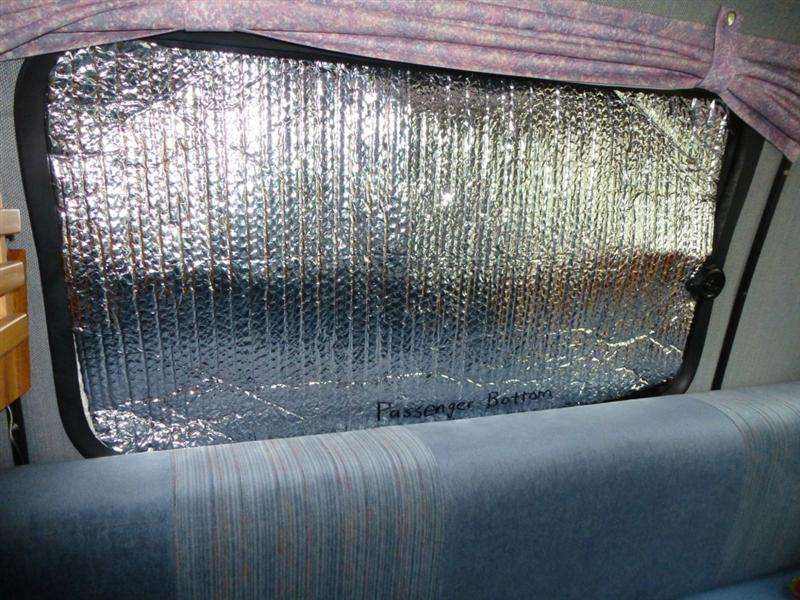
Less heat will escape through your windows; your RV then stays warmer, and your propane furnace will turn on less, reducing the frequency in which you need to find propane service to refill.
Measure the dimensions of the windows you want to cover so you can determine how much Reflectix you need. You can secure this with Velcro tape or cut it to fit in the track used to slip open your windows.
You can also place them between the window pane and the screen. We use the window covering and secure the Reflectix between the shade and the window.
Install an RV vent insulator and skylight cover
A vent insulator and skylight cover will also go a long way toward saving propane. These areas are another major source of heat loss. You can also use them in the summer to help increase the effectiveness of your air conditioner.
These will also be a way to dampen outside sound and keep you from hearing your neighbor’s generator all night long.
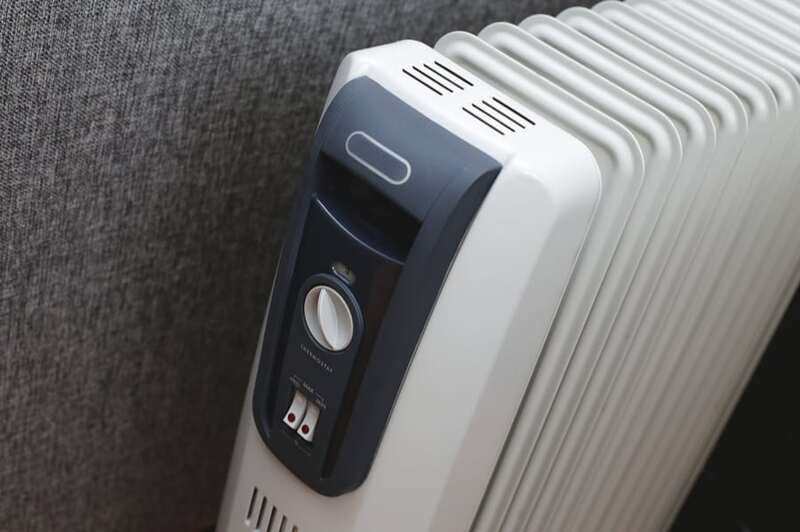
Purchase a space heater
Space heaters are another great way to add extra warmth and reduce your propane use. Of course, an electric propane heater will need electricity to work, so you will only be able to use these when you are connected to shore power or with your generator running.
However, there are important safety precautions to take with space heaters. Do not leave these on when you are gone.
One thing to consider when using a space heater is where the warmth is coming from to heat the underbelly of your RV. When you run your furnace, some warm air is directed to your RV tanks to keep them from freezing.
One thing that we did was put temperature sensors in the underneath area. The temperature was displayed on a readout, so we knew if it was getting too cold below. If the temperature went below freezing, we just turned on the furnace to give that area a blast of warm air. Honestly, we could keep the RV plenty warm with just the space heater and a few extra layers of clothing or blankets.
An electric fireplace is also a great addition to your RV. These are nice to look at and help with heating your RV as well.
Install a gas/electric water heater
If you have a gas-only water heater, you might want to switch to one that uses both gas and electricity. This method will consume energy from your RV batteries if you plan to boondock, so you might want to be aware of balancing your energy sources when you dry camp.
Turn down your furnace at night
This is a great time to use that space heater and cuddle up with plenty of blankets at night. Don’t forget to tuck in a dog or two. Turning down your furnace at night will be a great way to save propane. Personally, I like to sleep when it’s cold, so being buried in a bunch of blankets won’t bother me at all. Getting out of bed when it’s cold is a little more difficult.
Wool blankets, cotton fleece blankets, or cashmere blankets will keep you the warmest. The space between the fibers trap warm air, keeping you warmer.
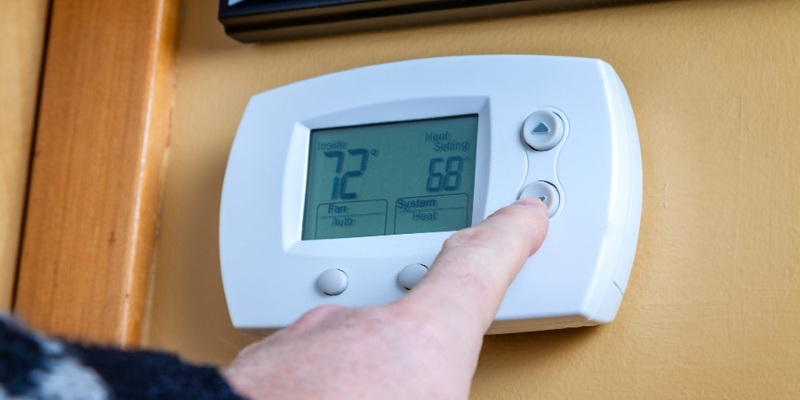
Other facts about propane you should know
How long will my tanks last?
There are several variables to consider when trying to determine how long your propane tanks will last. Of course, the first variable is the size of the tank.
Common tank sizes are 20 and 30 pounds. A 20-pound tank contains approximately 432,000 BTU hours of propane. A 30-pound tank contains about 650,000 BTU hours of propane.
Consider that most of these appliances do not run continuously. Here are some energy usages for typical appliances:
- 1,000 BTU per hour for each linear foot of living space for a furnace (a 30-foot trailer would use 30,000 BTU)
- 1,400 BTU per hour for a 10-12 cu ft fridge (33,600 BTUs per day)
- 8-10,000 BTU for a 6-gallon water heater
- 6,500 BTU for an RV stove top burner
Use this calculation to find out how many hours of propane you might have in two tanks (30 gallons) based on your own usage.
650,000 BTU hour/Your BTU usage hours = X hours x 2 tanks = X hours of propane
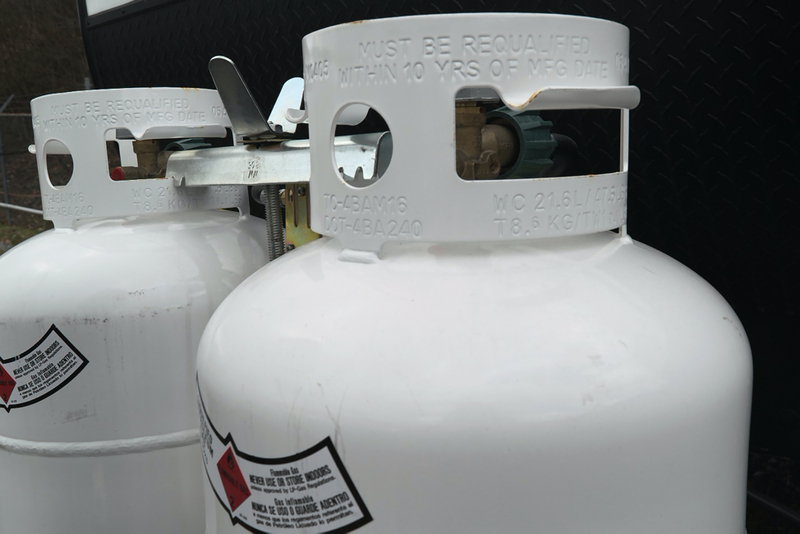
How does cold weather affect propane?
Propane contracts when it’s cold. When it is extremely cold (zero and below), the volume of propane will shrink, which creates a loss of pressure. If the pressure becomes too low, it won’t be able to power your appliances. The cold temperature limit of propane is -44 degrees F, at which point the gas turns to a liquid. If you have this problem, you probably need to move to a warmer climate.
Make sure you keep a full tank, which will be less susceptible to shrinkage and keep the tanks uncovered for some warmth from the sun.
Consider the automatic changeover valve
While this is a handy valve to keep you from waking up on a cold night and having to get out of bed to switch the tanks, you could also be stuck in the cold if the tanks have changed over and you weren’t paying attention.
Automatic changeover valves are hooked up to both tanks with a lever in the middle that points to either the left tank or the right tank. Both tank valves are kept open, and the valve automatically draws from the reserve tank when the first one is empty. If you aren’t paying attention, you could be left high and dry. You might want to manually operate your tanks.
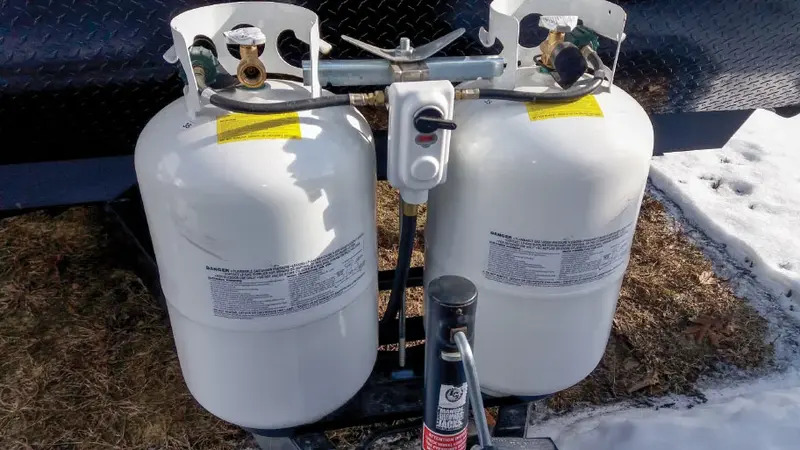
Find more ways to conserve fuel
Considering the expense of propane these days, it’s not very expensive to invest in a few of these fuel cost savers mentioned. Reflectix to cover your windows can be used in the summer too. Space heaters are also relatively inexpensive and go a long way toward supplementing the heat in your RV. Changing over your water heater to electric/gas might cost a bit now but will certainly save you money in the long run.
Finding ways to conserve fuel is a matter of small changes to get the desired effect. Let us know in the comments some easy ways you conserve fuel.
One of the best parts about RVing is engaging with the community of traveling enthusiasts. iRV2 forums allow folks to chat with other RVers online, and get other perspectives on everything RVing, including products, destinations, RV mods, and more.
Related articles:

